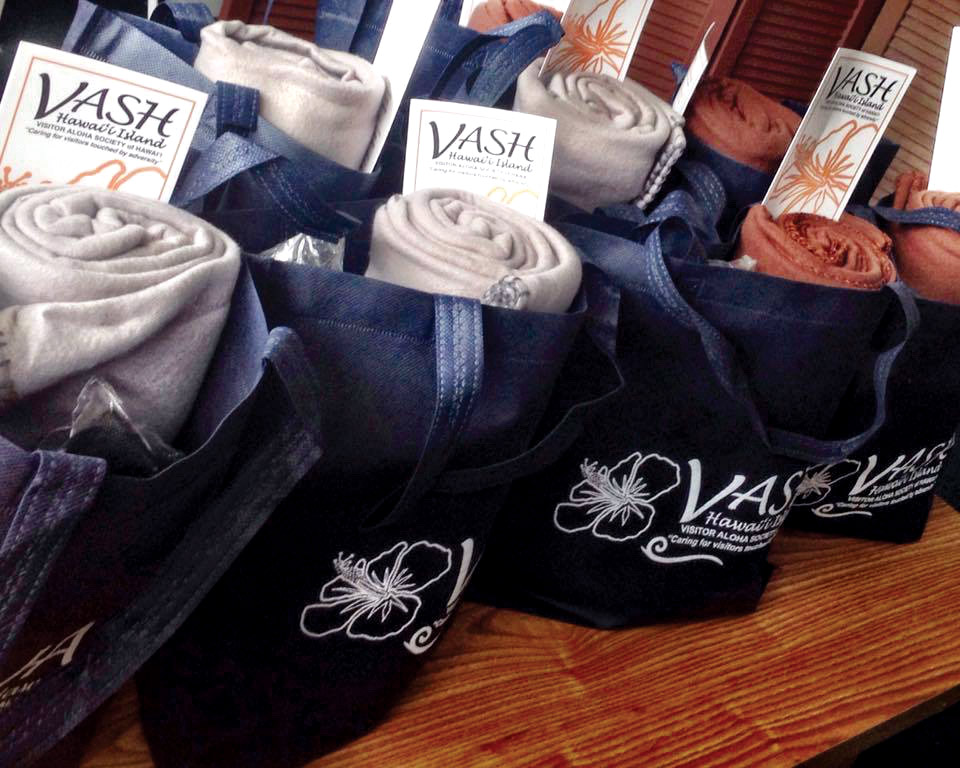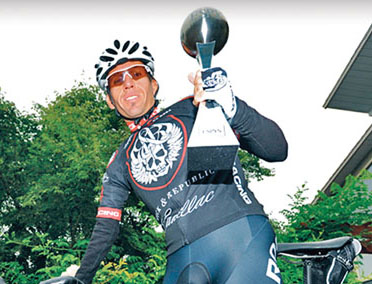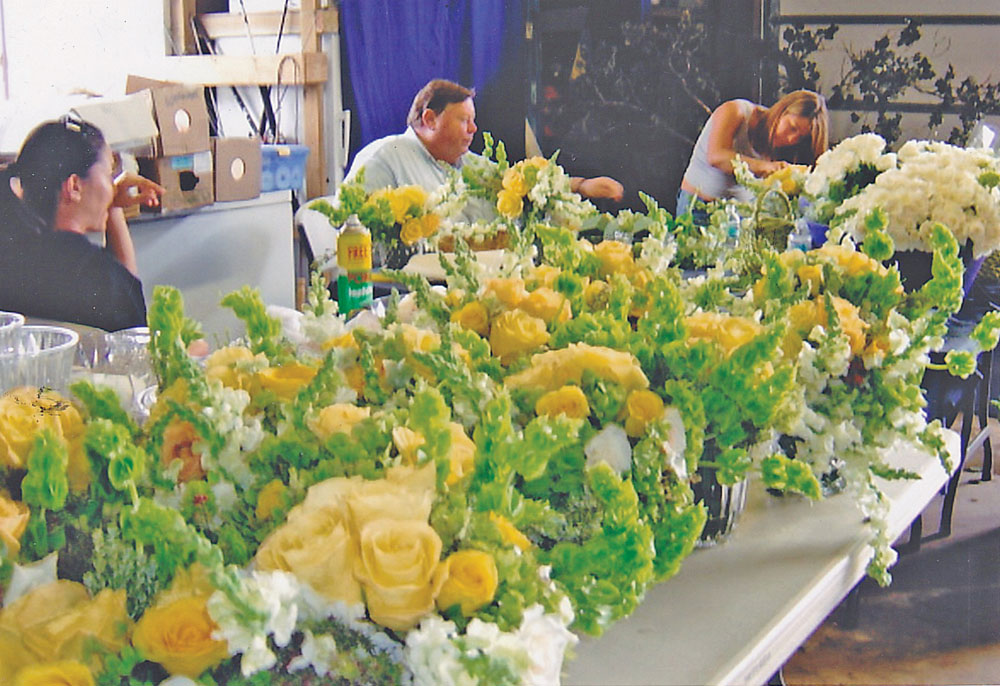
Hands On, Minds Ahead! All Aboard Bluewater Exploration
 By Fern Gavelek
By Fern Gavelek
“Throughout the course of human events, mankind’s impacts on the environment have stressed the carrying capacity of our ocean, thus ruining the essence of why we love and enjoy areas such as the Keauhou-Kona coast. Experience has informed us that the only hope for a better future is through education. It’s the responsibility of our generation to prepare our sons and daughters for what lies ahead.”—Capt. Pat Cunningham, founder of Blue Water Explorations
Teaching our island keiki why they should treasure and protect the ocean is the goal of the Bluewater Exploration Project.
Based out of Keauhou Bay and founded and overseen by Capt. Pat Cunningham, the project began in June 2010 to give local students and their teachers a hands-on, educational marine exploration experience beyond the traditional classroom.
“We can teach ocean awareness and conservation in school, but to be out on a boat and see how life in the ocean works, it’s a hands-on, minds-on experience,” emphasizes Cunningham, a former schoolteacher and retired Coast Guard captain. “This type of teaching results in better retention.”
Experiencing Knowledge
After operating a Keauhou ocean activity business for several years, Cunningham conceived the vision for Bluewater, saying he felt “compelled to get students out on the water where they could better learn.” Relying on his graduate degree in outdoor environmental education and 17 years as an educator, the captain came up with Bluewater’s detailed, multi-disciplinary curriculum.
“It’s a nine-step process and designed to fit into NOAA’s strategic plan of protecting, restoring and managing the use of coastal and marine resources through an ecosystem approach,” Cunningham explains. “It’s experiential learning, where students actually experience knowledge, instead of reading it in a book.”
The curriculum begins with teachers attending a seminar prior to student involvement. Next, students are pre-tested to determine their general knowledge. Upon arrival at Keauhou Bay, students receive a comprehensive safety orientation on boating and ocean recreation.
“One of our major goals is communicating boating and ocean safety,” emphasizes Pat. “It is tantamount to our success.”
The complexity of the hands-on, ocean exploration varies by age group and ocean conditions. Aboard state-of-the-art, twin-engine fishing vessels, students travel two miles off the Keauhou coast into deep or “blue water” for a 2-1/2-hour exploration that includes setting a plankton tow net. While taking water samples and temperatures above and below the surface, they discover the ocean’s food web.
Cunningham explains: “They see how the sun warms the ocean at the surface and that it’s 20 degrees cooler about 250 feet down. I tell them the sun’s energy is absorbed by the tiny, floating phytoplankton in the water—via photosynthesis. During the day, tiny crustaceans called copepods migrate into the deeper, dark water where there is less chance of predation. At night, the hungry copepods come back up to the surface to eat the phytoplankton, creating the ocean’s food web.”
Project participants will actually see these minute ocean creatures under the microscope after their boat trip. But first, there’s more to learn out on the ocean. Depending on ocean conditions and their discoveries, students will delve into a variety of subjects: marine life and birds, waves, currents, flotsam and weather patterns. During the day, students enjoy a short, blue-water swim, “to see how small they are in water that’s 400 fathoms (2,400 feet) deep.” They are each equipped with a life jacket and light.
Students aged 12 and over can also go on an exciting Night Bluewater Exploration.
Thanks to the use of surface and underwater lighting, evening participants witness life in the ocean after dark, including eerie, bioluminescent planktons. They watch feeding manta rays and are exposed to zooplankton (pronounced zo-oh-plankton) night migration activities and night grazing. Looking to the sky, they learn how the moon affects tides.
Upon return to the KCCEF’s educational hale at Keauhou Bay, students dramatically delve into the world of marine biology. They put collected water samples under microscopes for a hands-on, wet-lab science lesson. Trinocular microscopes are hooked up to a computer so organisms can be enlarged up to 400 times on a monitor. Findings can also be broadcast on a large, mounted, flat-screen. Students ID and recognize the phytoplanktons and copepods while reviewing their link in the ocean’s food chain.
“All students get up close and personal with copepods—the most prolific animal on the planet,” explains the captain. “Super-fast and the size of a small dot, these crustaceans are the major food for small fish, seabirds and even whales, who strain them through a sort-of giant colander, called baleen, within their mouths.”
After organisms are analyzed and recorded, each student is asked to produce a creative project about his experience. It can be a photo gallery, video, drawing, poem, etc. Participants can also email pictures of their lab findings to home computers, or bring in their own laptops and download the files. Before leaving, students are tested to see what they have learned and each keiki is gifted with a project t-shirt, hat and a certificate of completion. To help reinforce the lesson back in the classroom, each participating group receives a copy of the American Museum of Natural History textbook, Oceans; and the DVD Blue Planet.
Bluewater Exploration Support
Operated through the non-profit Kona Community Cultural and Education Foundation Inc. (KCCEF), the Bluewater Exploration Project is funded by grants from the National Oceanic and Atmospheric Administration (NOAA) and private donations. There is no charge to students or teachers and the project offers both day and nighttime activities for up to 14 participants.
With a goal to acquaint hundreds of island students and their educators with Hawai‘i’s marine environment, Bluewater has hosted 450 students after two years in operation. They come from public, private and charter schools, as well as community organizations.
“It’s important for the public, especially our youth, to respect our ocean and understand its role in our world,” stresses Cunningham, CEO/president of KCCEF. The captain justifies this statement with a litany of facts:
- 71 percent of the Earth is covered with water.
- Most of the planet’s oxygen is produced by our oceans.
- Ocean evaporation keeps our planet cool enough for human habitation.
- Our oceans provide 90 percent of the habitable living space for all of Earth’s living organisms.
- One gallon of ocean water can hold up to 20,000 living organisms!
Cunningham says local agencies and individuals have contributed to the project, lending time as guest presenters or their resources. They include Dr. Bill Walsh of the Department of Aquatic Resources, Dr. Petra Lenz of the University of Hawai‘i, Justin Viezbecke of NOAA, Nancy Murphy of the Division of Boating and Ocean Recreation, plus Hawai‘i’s Division of Conservation and Resource Enforcement and the U.S. Coast Guard.
Kona’s University of the Nations brings local, underprivileged kids to Bluewater as part of its Marine Biology Adventure Camp, which is offered during school holidays and as part of U of N’s Deep and Beyond Ministry. Annamari Dietrichson, ministry director, says Bluewater offers these kids a chance to see the ocean in a totally different way.
“They truly experience how the ocean isn’t just water, but rather a living world with its own creatures,” says Dietrichson, who has a degree in conservation ecology and has taught environmental science around the world. “Once in the boat, the kids are in a new learning setting with new opportunities. It boosts their confidence and they want to learn.”
Dietrichson adds that, besides a science lesson, students “learn the importance of taking orders from the captain, how a boat works, how they must work as a team and how small they are in relation to the ocean.”
KCCEF, which is made up of community members who value the ocean and advocate for its protection, has applied for new funding to offer a multi-day exploration. Plans are for an overnight campout and students catching and preparing fish. Pat says the long-term goal is to build a Bluewater Exploration Project facility with five classrooms, a gathering area and administrative offices at Keauhou Bay.
“The hope of KCCEF is that Bluewater Project students will experience a complete understanding of our ocean ecosystem and be motivated to protect and conserve our fragile marine environment,” emphasizes Cunningham. “The project promotes the concept that each of us is obligated to protect our ocean through good stewardship.”
The Bluewater Exploration Project is open to public, private and charter school students. KCCEF has a no-child-excluded policy and accepts special needs participants. College students can get involved through a student-teacher internship through the University of Hawai‘i. For information, visit KCCEF.org or phone Capt. Cunningham, 808.938.0101. ❖
Contact writer Fern Gavelek: ferng@hawaii.rr.com
Photos courtesy Bluewater Exploration Project
Visit nhop.org


